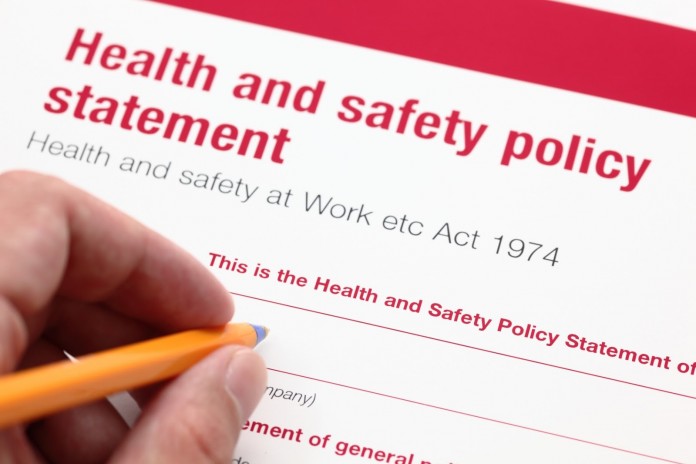Starting a business can be an incredibly exciting and creative process, and there is nothing better than watching your dreams become a reality. However, there are a few things that you should make certain are in order before your business gets into full swing.
David Rowland, Head of Marketing at Engage EHS, is one of the foremost proponents of a stringent health and safety policy. He claims that a positive health and safety culture is vitally important, and that it can have a knock-on effect on your business’s KPIs and bottom line.
Ensuring that you have covered all aspects of health and safety is a key part of owning and running a business, and will enable you to avoid many potential problems later on.
Where do I stand in relation to the law?
The Health and Safety at Work Act 1974 (also referred to as HASAW or HSW) covers all legal aspects of health and safety within the workplace in the UK, and states first and foremost that as an employer, you should ensure ‘so far as is reasonably practicable, the health, safety and welfare at work’ of all employees. This means that health and safety is the responsibility of the employer, and therefore as a business owner, you should ensure that you follow all regulations set out by the HASAW. This also means that if an employee should be harmed or affected detrimentally as a result of their working conditions and/or a foreseen hazard, you as the employer can be held responsible and may suffer repercussions.
As an employer, what aspects of health and safety am I responsible for?
- Providing and maintaining all systems of work and ensuring they are safe to use with no risks to employee health
- The safety and absence of risks to health in connection with the storage, use, handling and transport of dangerous substances and/or products
- Providing instruction, training and supervision in regards to health and safety requirements within the workplace for all employees
- Maintaining the allocated place of work to a standard/condition that is safe and without risks to employees health. This place of work must also be accessible to all employees, allowing them to enter and leave the premises with ease and without risk
- Ensuring the working environment poses no threat to employees health, and provides adequate facilities and arrangements for their welfare at work
This is not an exhaustive list of responsibilities, you may need to take additional health and safety steps depending on your specific business.
Where do I begin when it comes to health and safety in my business?
It’s important to have a health and safety policy in place from day one, and you must share any relevant health and safety information with your employees. If you currently employ less than five people, you are not legally required to write anything down, however, we would advise you to get something down on paper so that everyone knows where they stand.
Your health and safety policy should detail the responsibilities of your employees. For example, if a fire breaks out in the office, the policy should state exactly what is expected of each company representative, when they should be called upon to act and how this action should be carried out. This information should then be relayed to each employee when they first start at the company, as well as at regular intervals throughout their employment.
What is a risk assessment and do I need to pay a professional to carry this out?
A risk assessment can be performed by you as the employer, and it doesn’t cost anything to carry it out. Each risk assessment will be unique to your particular type of business, as well as your surroundings, and you should approach your risk assessment as a unique document concerning only your specific company. A risk assessment highlights any areas which might be considered dangerous, harmful or unsafe. You should then either remove these dangers or provide safeguards against them, ensuring that your employees are as safe as possible whilst in the workplace.
When carrying out a risk assessment, you should also ensure that you keep each and every different employee in mind as you do so. What might be safe for one employee may not be safe for another; if any of your employees have mental or physical disabilities or are perhaps pregnant, they may well be affected by aspects of the business that those functioning at peak health are not. Be aware of these individuals and be sure to approach your risk assessment with open eyes.
Where can I go for more information regarding health and safety in the workplace?
We strongly recommend that you research health and safety procedures thoroughly before starting a business, and if necessary, seek professional legal advice to ensure that you do everything possible to avoid a lawsuit from any of your customers or employees. When it comes to your employees’ health and safety, it is undoubtedly better to be safe than sorry.
Find a Home-Based Business to Start-Up >>> Hundreds of Business Listings.














































